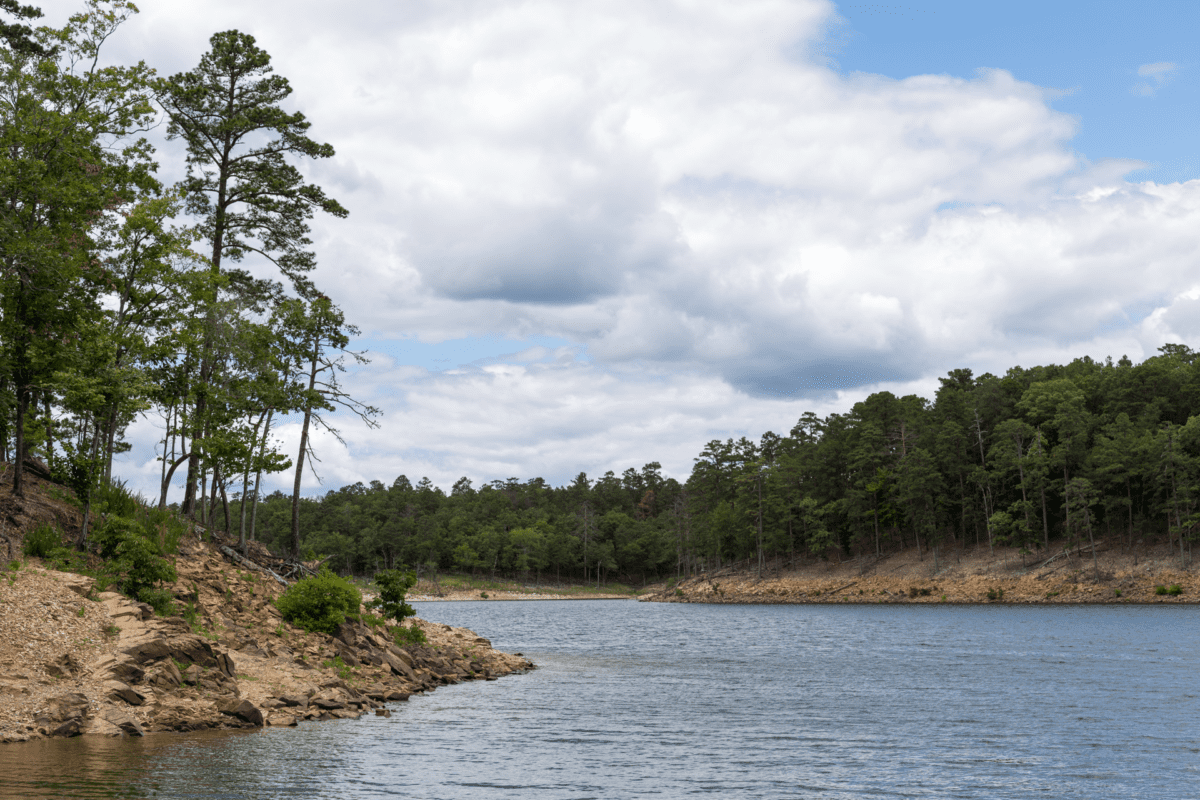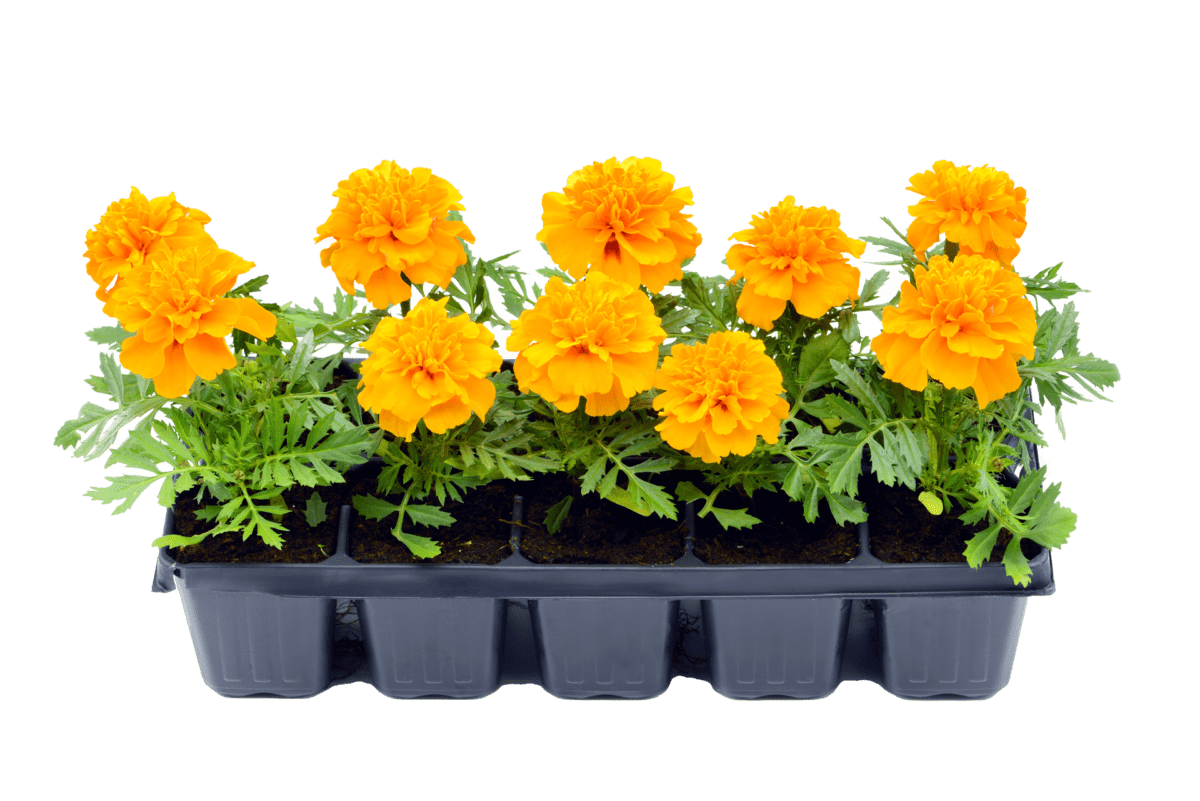Wildlife Protection
The Conservation Coalition of Oklahoma engages in many endeavors, creating opportunities for citizens and lawmakers to become more aware of conservation issues and encouraging youth to connect with nature. This main (or mother) group is on the political side of the organization’s efforts.
Handling communications for its sister group, the Conservation of Oklahoma Foundation, is Kelly Bostian, who says: “We are the education and public education side. We have a broad reach for wildlife protection because we bring together groups,” he says. “For example, the Audubon Society is part of our group, as is the Birddog Society. One is a group of bird watchers, while the other is a group of bird hunters; but bird hunters are also often bird watchers.
“The strength of the coalition is finding common ground and presenting a united front. It comes down to wildlife habitat and public lands and habitat preservation. All of the groups have a lot in common. The habitat has to be there to support healthy populations for both bird watchers and bird hunters. And we promote preserving habitat, clean water and healthy environments for the wildlife, as well as promoting places for people to enjoy the outdoors and wildlife.”
Oklahomans can keep the environment clean by only taking away memories and pictures when they visit storied outdoor areas. And whether in your own backyard or camping or hiking, always remember to ‘leave no trace’: make efforts to prevent forest fires; stay on the trail and camp on the actual camp site; and leave no trash – millions of plastic water bottles end up in oceans and landfills annually. Lastly, leave young wildlife alone. If the young one has definitely been abandoned, the Oklahoma Department of Wildlife Conservation has a list of wildlife rehabilitators on its web site.
According to the ODWC, Oklahoma has both federal and state endangered and threatened wildlife species, including the American burying beetle; the Arkansas River shiner; the leopard darter; the Neosho madtom; the northern long-eared bat; the Ozark cavefish; the rabbitsfoot; the rufa red knot; the blackside darter; the gray bat; the Indiana bat; the Neosho mucket; and the Ouachita rock pocketbook, among others. Federal and state laws protect these species. Visit oklahomaconservation.org and wildlifedepartment.com for more information.
Groups Making
a Difference
The Sierra Club uses all lawful means to protect Earth’s wild places and to promote responsible uses of ecosystems and resources, and restore the quality of natural and human environments. The Oklahoma chapter has over 4,300 members, and organizes everything from conservation activities to legislative lobbying in order to promote sustainability and environmental conservation. sierraclub.org/oklahoma
A private, nonprofit organization, The Nature Conservancy (TNC) strives to conserve land and waters needed by all life. Since 1986, TNC has worked around the state to collaborate with businesses, communities and land owners to create and implement conservation solutions that benefit and conserve the state’s unique landscapes and biodiversity, encompassing 12 preserves and more than 100,000 acres. nature.org/en-us/about-us/where-we-work/united-states/oklahoma/
The Climate Reality Project, founded and chaired by former Vice President Al Gore, is working to bring the world together to solve climate crises. The Central Oklahoma Chapter strives to make climate crisis facts part of the mainstream conversation and engage the public in order to solve problems. climaterealityproject.org

Changes In
and Out of the Home
If you want to take small steps forward in the world of sustainability, Corey Wren Williams, executive director of Sustainable Tulsa, says a good place to start is the laundry room.
“One of the biggest items that uses a lot of energy in your home is your washing machine,” she says. “By upgrading to an energy star appliance, you will likely save money on energy and water use. Pick a detergent that works well with cold water – this will save a lot on your energy bill. Choose detergents that are concentrated to reduce the waste packaging. And choose detergents with ingredients that are better for the environment, such as those that are free of dyes, chlorine and phosphates, [which] upset the ecosystem. And lastly, when you can do so, only run full loads in your washer.”
She continues: “There are a lot of tricks to saving water, like low-flow shower heads, saving rainwater to water plants, and turn off the water when you do not need it.”
Even when not in use, many appliances and electronics use power if they are plugged in. These are called “energy vampires,” and they account for up to 20% of your energy use.
“A way to reduce this cost and waste is to use a smart power strip that detects and cuts off power to your electronics and devices that are not in use,” says Williams.
Changes can be made outside in the front and backyards.

“This last year, many of us spent more time in our yards, which is a place you can really make an environmental difference,” says Williams. “When choosing plants for your yard, pick native species, because they are adaptive to the local environment and conditions, and often require less water and attention. Next, pick plants that are good pollinators for wildlife, such as monarch butterflies. And lastly, try planting items you can eat, and enjoy harvesting your next locally grown meal.
“One more thing is to buy from locally owned nurseries,” she continues. “Every time you buy from locally owned companies, your dollar gets invested in your community up to 15 times, as opposed to chains that only invest around four more times in your community. Help save our small businesses.”
National Comparisons
For green energy, the Climate Reality Project ranks Oklahoma as one of four top states generating more than half of the nation’s wind electricity. However, the American Eagle Foundation labels wind turbines as double-edged swords, saying they kill over 537,000 birds annually in the U.S., including eagles, which are protected by federal law.
WalletHub created 27 metrics to rank the greenest states … ranking Oklahoma as 42nd. A list of markers cover environmental quality, eco-friendly behaviors and climate change contributions. Taking steps in your day-to-day, no matter how small, will make a difference and keep Oklahoma moving forward.























